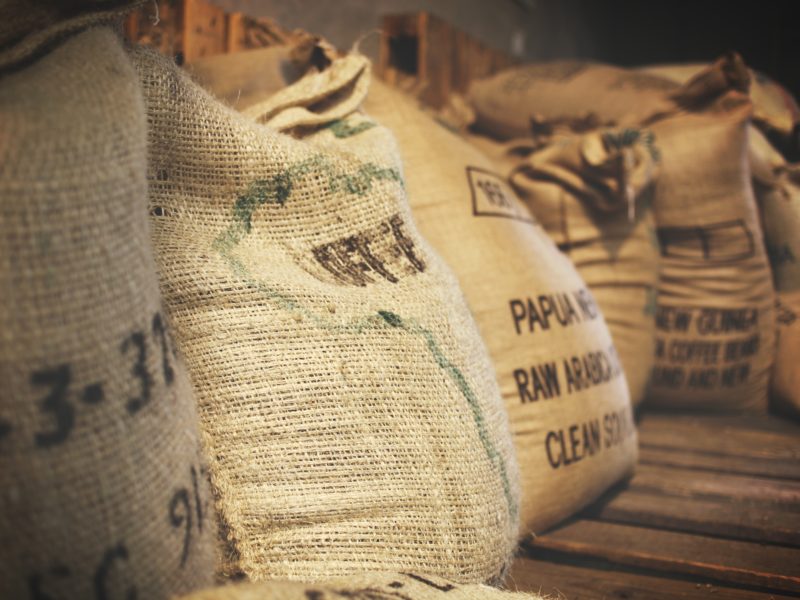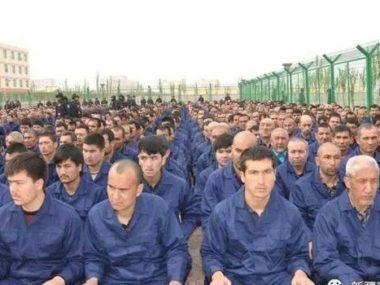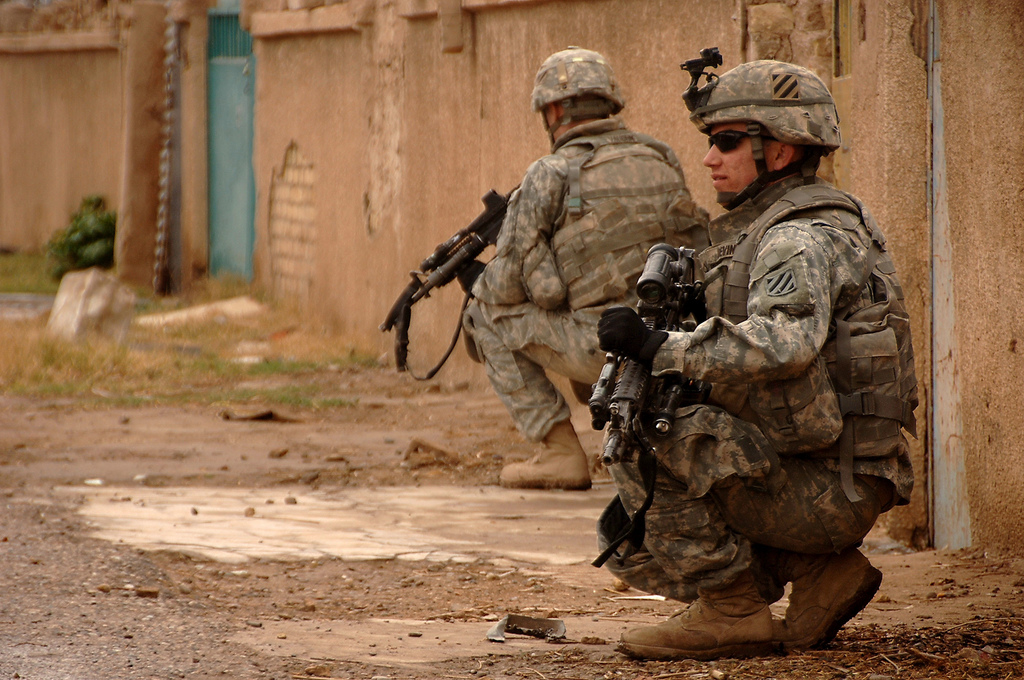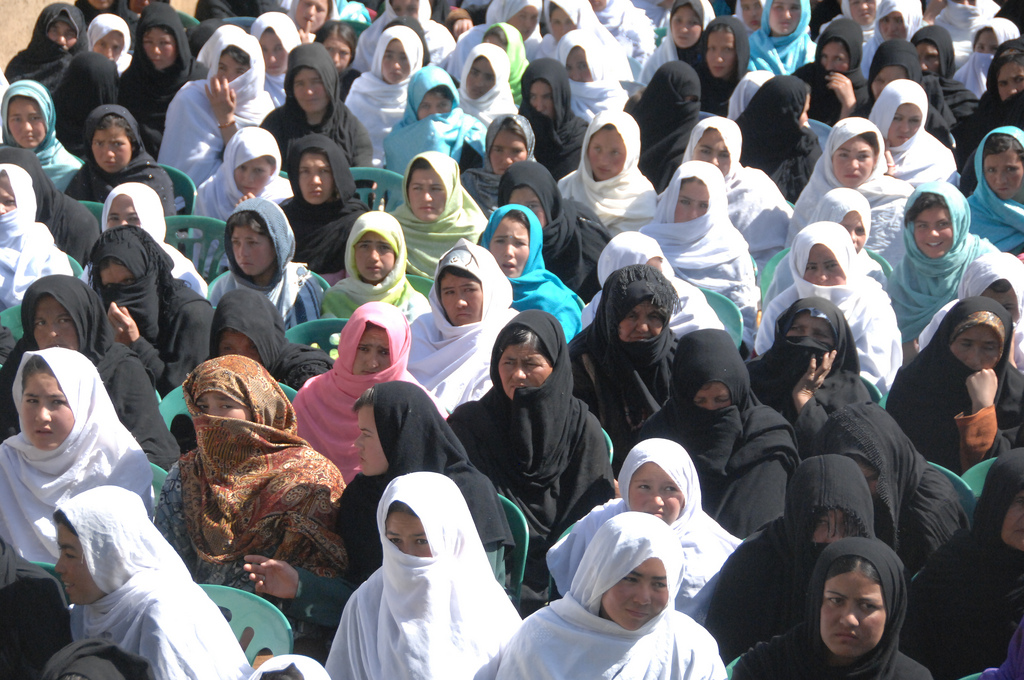Guest post by Jennifer Burney and Stephan Haggard
The humanitarian crisis in Ukraine is clear for all to see, and has created a sense of powerlessness as the death toll mounts. However, there is a second less visible humanitarian front now opening that threatens a much greater loss of life beyond Ukraine’s borders. Food prices around the world are rising at rates not seen in over a decade and concerns are mounting over a real supply shock in the coming year. These developments threaten not only hunger, malnutrition and famine in countries that are already most vulnerable, but also urban political violence and worsening conditions in war-torn countries.
Because of the geopolitical implications of energy sanctions for Europe, headlines on commodity prices have naturally focused on oil and gas markets. But the FAO food price index—which shows monthly price changes in a basket of commodities—had already risen to an all-time high in February, before the full effects of the war in Ukraine were visible. More recent data for individual commodities—tracked by Trading Economics—shows prices spiraling to levels not seen since past crises. These pre-invasion trends were driven primarily by vegetable oil, where droughts and floods last year led to major stock depletion and price surges.
Russia’s invasion has added insult to injury in the world food economy. Between them Russia and Ukraine are major producers and suppliers of basic food commodities for the world. The two countries account for 14 percent of world wheat production and nearly 30 percent of exports and 19 percent of barley production and over 30 percent of exports. Ukraine alone accounts for more than half of the world’s sunflower oil exports, and 15 percent of world corn exports, and is the dominant supplier to China. The problem is not yet on the production side; winter wheat was already planted prior to the war. Rather the closure and occupation of Black Sea ports and uncertainties around shipping are now interrupting supply. But if the war persists, spring planting—when most of these food crops are sown—will be affected.
We have been here before. In 2007–8 skyrocketing food prices pushed an estimated 130 million people into poverty. Those already vulnerable slid into chronic hunger and malnutrition. However, the crisis quickly morphed from a humanitarian to a political one, with food riots taking place in dozens of countries: from Cameroon and Ivory Coast, to Egypt, Pakistan, the Philippines and Mexico.
That crisis could be traced to a perfect storm of energy and climate shocks. High oil prices led US farmers to divert crops to a well-meaning but ultimately flawed ethanol program, but also meant that farmers worldwide paid more for fertilizer and inputs. When a drought crippled Australian wheat production, countries with the ability to offset the damage panicked and blocked their own exports.
Although the source of the present supply shock is different, its effect on market conditions looks eerily similar. High oil prices are putting pressure on oil crop supplies for use as fuel; Ukraine has banned some food exports through 2022, and Russia has banned fertilizer exports to non-allies. Now, however, there is a new wild card in the mix: China. Since the last food crisis, China went from being a net exporter of food to being the world’s biggest importer. The country sits on massive foreign exchange reserves and has been scooping up European and Australian wheat all winter, contributing to a rise in prices even before Putin invaded. That buying spree has continued as the war has dragged on.
The rapidity with which the world food situation has deteriorated is alarming. So far, the effects of the food price spike have been felt first in the regions most dependent on supply from the Black Sea, most notably the Middle East. Egypt is the canary in the coal mine. The effects of the war on food prices in the country were extraordinarily rapid and last week, the country turned—once again—to the IMF. Egypt’s poor households rely on a simple flatbread as a primary staple, and the country is the world’s largest importer of wheat. Roughly 80 percent of its supplies come from Ukraine and Russia, and days into the war wheat prices in the country had increased by over 40 percent.
As the war continues, where will food insecurity hit hardest? The answer is sadly simple: precisely in those countries and households that are already most vulnerable. A deep irony is that the most severely affected are precisely those in the middle of, or recovering from, their own civil wars. A recent survey of operational priorities by the World Food Program—again undertaken just prior to the onset of the conflict in Ukraine—underscores the links between civil war and humanitarian crises. Their survey of priorities is a who’s who of the world’s civil wars. Yemen sits at the top of the list, but Afghanistan, Syria, Ethiopia and the sprawling and inter-related civil wars around the Sahara have created a plethora of would-be Yemens. Particularly for this last group of countries, longer-run climate changes have depressed local production and increased reliance on imports. A single climate shock such as drought could easily tip the already-smoldering food emergency into full-blown famine.
What is to be done? The first imperative is that the war in Ukraine and its humanitarian consequences need to be seen as global, reaching deep into the developing world. This is not a crisis confined to middle-class European victims.
Second, we need to quickly build resilience in the world food economy by buffering the losses from one of the world’s breadbaskets. While US farmers and those from other major grain exporters will do their part simply by planting, harvesting and exporting, the markets are in need of help now. Emergency response matters. Just prior to the crisis, the World Food Program (WFP) estimated over 270 million people were “acutely food insecure” or at high risk—the highest number in decades. Although this number is set to increase dramatically, funding for emergency response through the WFP is running at only a quarter of anticipated need. Where supplies of food are required, they need to be mobilized; where cash transfers to the poor will do the work, that support needs to be mobilized too.
Finally, just as it played a role in responding to the war, so the US will need to lead this effort. This includes implementing lessons learned from the 2007–8 crisis: the US needs to corral allies and partners and increase support for the World Food Program, including by re-activating direct food donations. While US-China relations continue to deteriorate, the food crisis presents a potential point of cooperation. China talks about seeking to shape a more benign international order, a “community of common destiny.” Tackling this particular problem—whether by releasing stocks or funding the emergency effort—would make good on that promise.
Jennifer Burney is an environmental scientist whose research focuses on the relationship between climate and food security. Stephan Haggard is the author of Famine in North Korea: Markets, Aid and Reform. Both teach at the School of Global Policy and Strategy at the University of California San Diego.







1 comment
The problems sounds as if it is both total production (supply), and distribution. Money can help make sure the poorest countries/populations get a share of world production. But isn’t action also needed on supply? (Assuming that consumable production from Ukraine falls dramatically due to war, and from many countries falls somewhat due to much higher fertilizer prices.)
What are supply-side steps? Reduce ethanol from corn? Reduce subsidies for non-production in rich countries? How long should our time horizon be? 3 months? 1 season? 2 years?